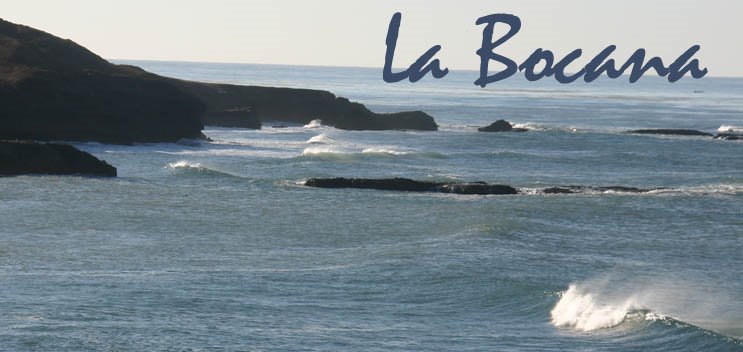However, I am now older and perhaps wiser, or maybe not wiser though I am definitely older, and I've been thinking about that beautiful white long necked creature that stalks the lagoon and flies so gracefully through the valley. I sometimes see one on the kelp just off shore - standing very still while waiting for an opportunity to grab something to eat.
A few weekends ago, I watched one walk awkwardly yet beautifully through the lagoon, contorting its long neck for the best view into the shallow water and every so often jabbing its beak into the water and coming up with a little fish to eat. I could have watched it for hours. And that is when I thought that I, and all of us, should take a good look at the Great Egret.
Here is some information from the book Birds of North America:
The Great Egret has white plumage, a yellow bill, and black feet and legs. Adults birds stand up to 41 inches with a 55 inch wingspan and incredibly, weigh about 2 pounds. They prefer to feed in open areas from salt marshes to freshwater habitats and fly to communal nests in trees at night. They feed on a wide variety of small aqautic animals and other animals found in wetlands including fish, frogs, snakes, crayfish, and large insects. They are monogamous and live in colonies, usually with other species of herons, egrets, and similar species.
The incubation period is 23 to 26 days and the young stay in the nest for 21 days. Both Ma and Pa feed the young. Only one brood per year and they have 1 to 6 pale blue-green eggs per brood. The nests are in trees or shrubs, usally 10 to 40 feet above ground.
In the US, they are a protected species. In the late 1800s, they were decimated as they were hunted for their plumage. The book says that they should "winter" in northern Baja but I seemed to see them year round.
Let's look at some photos:






